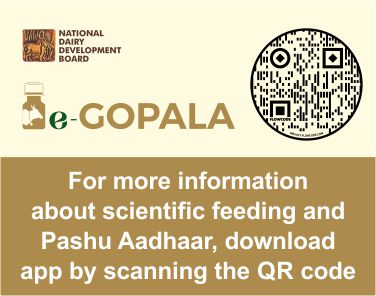Milk Adulteration and its Control
Adulteration in milk has been a cause of concern for both the Government and the Dairy Industry. The Indian Council of Medical Research has reported that “milk adulterants have hazardous health effects. The detergent in milk can cause food poisoning and other gastrointestinal complications. Its high alkaline level can also damage body tissue and destroy proteins. Other synthetic components can cause impairments, heart problems, cancer or even death. While the immediate effect of drinking milk adulterated with urea, caustic soda and formalin is gastroenteritis, the long-term effects are far more serious.”
Adulterants used in Milk:
Milk is most commonly diluted with water - this not only reduces its nutritional value, but contaminated water can also cause additional health problems.
The other adulterants used are mainly detergent, foreign fat, starch, sodium hydroxide (caustic soda), sugar, urea, pond water, salt, maltodextrin, sodium carbonate, formalin, and ammonium sulphate.
Tests to detect adulteration in milk:
Chemical tests:
Following link may be visited for information on chemical tests to detect adulteration in milk:
www.fssai.gov.in/Portals/0/Pdf/Adulteration(26.02.14).pdf
Kit for detection of Adulterants in milk
NDDB is in the quest to combat adulteration in milk. NDDB has undertaken measures to ensure that quality of milk in maintained at the dairy and household levels.
NDDB has developed and commercialized ready-to-use kit for detection of commonly used adulterants in milk. Simple and rapid test procedures used in the kit can detect the presence of Urea, Ammonia fertilizers, Nitrate fertilizers/Pond water, Starch and Cereal flours, Sucrose, Glucose, Salt, Neutralizers and Hydrogen peroxide by comparing the colors developed after addition of test reagents to milk. The kit can be used by unskilled persons with little or no training at all.
The kit is available in three pack size, “small”, “medium” and “large”, each suited for specific usage, namely, at household level, dairy cooperative society level and dairy plant level respectively.
19 public://adult.jpg
